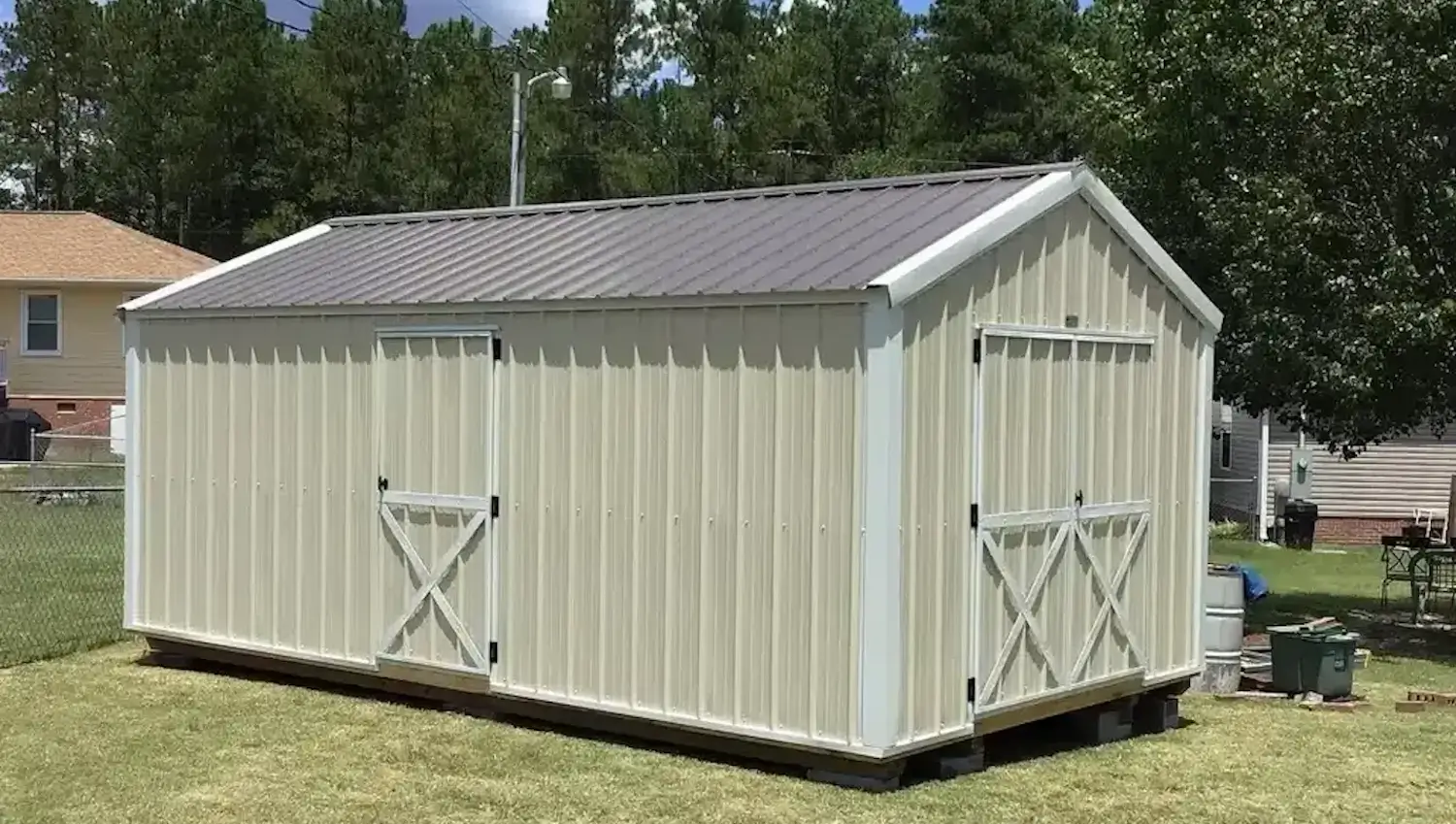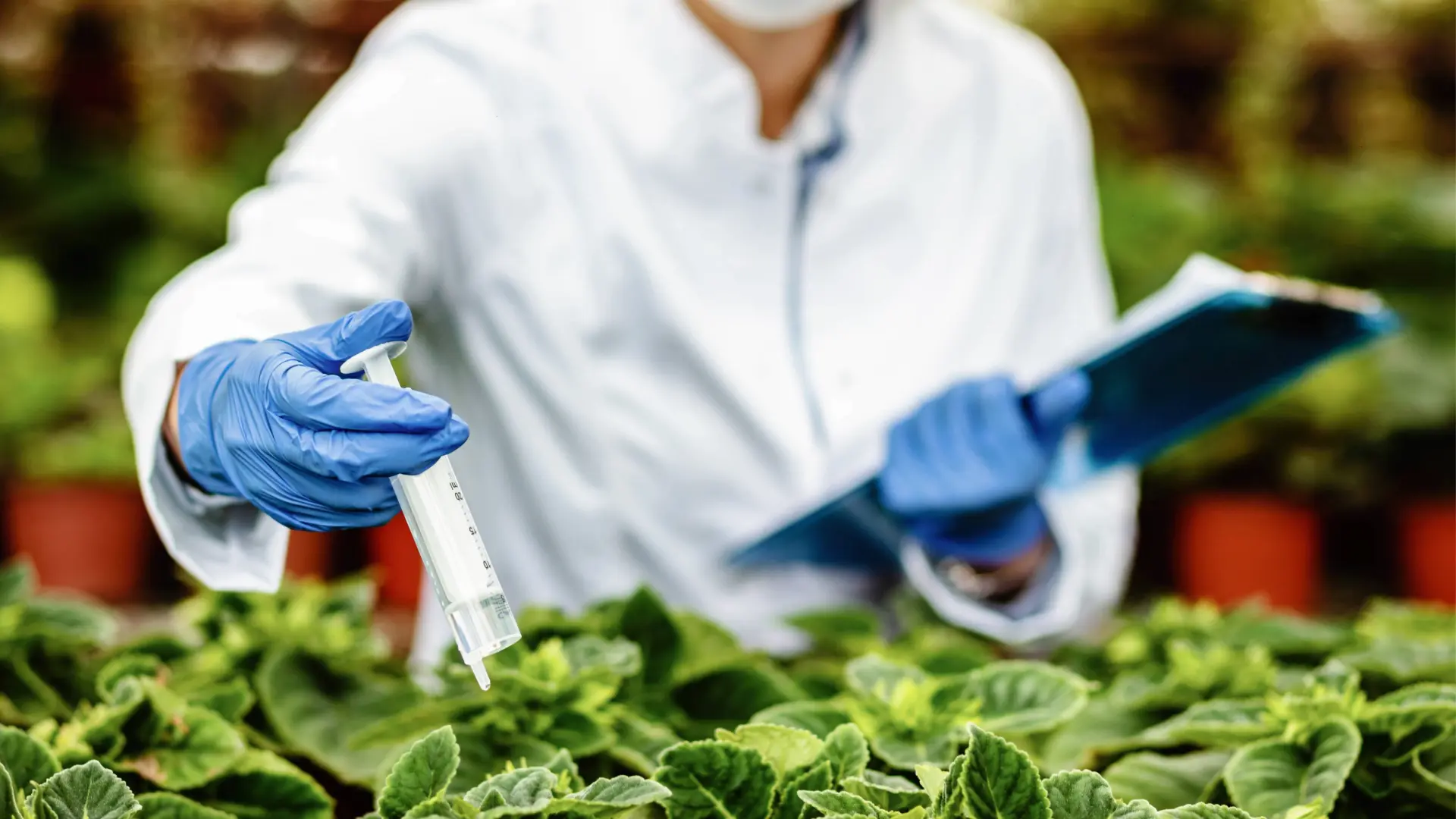
August 24, 2025

It doesn’t need to be complicated to feed plants and protect them from pests. Nowadays, intelligent growers are opting for systems that are complete, delivering not only nutrients but control of pests in one easy process. These products make it easier to grow healthier plants, save time, and waste less.
Companies such as Bioline AgroSciences, EZ-FLO, and Innovative Tool and Design are at the forefront of innovative offerings. Bioline AgroSciences provides natural pest control by providing farmers with beneficial insects so they can use fewer chemicals.
EZ-FLO fertigation systems are, simply put, the most efficient fertilizing systems available; precision systems that save time and money while promoting solid growth. Innovative Tool and Design, meanwhile, continues to serve the industry through top-quality parts and engineering for dependable agricultural equipment.
Integrated delivery systems combine two essential tasks — feeding your plants and protecting them from pests — into one convenient method. These systems work by injecting both fertilizers and biological control agents through your irrigation lines at the same time.
This smart method helps plants grow strong while keeping harmful insects away—without the need for extra work or harsh sprays. They’re employed in greenhouses, indoor grows, and outdoor farms. Whether you are growing food or flowers, integrated growing systems can aid in your job.
The concept is simple but powerful. You mix liquid nutrients and natural pest control agents into a tank of water. That solution flows through drip lines, sprinklers, or other irrigation tools.
As plants take in water, they also receive food and pest protection. Everything happens during regular watering, so there’s no need for extra steps. It’s a smart way to do more with less effort.
Integrated delivery systems let you apply nutrients and natural pest controls at the same time. Instead of using sprays, beneficial microbes or insects can be gently delivered through the irrigation system. These biological tools help protect plants from harmful bugs without chemicals.
Meanwhile, plants get the nutrients they need to grow strong and stress-free. Healthier plants are better at resisting pests and bouncing back from damage. This balanced method boosts plant growth while supporting a cleaner, greener garden.
| Feature | Traditional Spray | Integrated Delivery System |
|---|---|---|
| Labor Intensity | High | Low |
| Chemical Residue Risk | High | Low |
| Environmental Impact | Negative | Positive |
| Pest Control Effectiveness | Moderate | High |
| Impact on Beneficial Insects | Often Harmful | Minimal |
Farmers today confront many headwinds — labor costs, water limits, and pest resistance. Integrated systems of delivery that help solve all three.
They cut down on multi-solo application times, which means fewer passes through your field, less equipment usage, and more time saved. Not only do these systems improve yields, but they also help to maintain the soil and the environment.
The spraying itself is time-consuming, requires equipment, and takes thoughtful planning. It can also be detrimental to pollinators, and unwanted residue can be left behind.
With a well-coordinated system, there is less need to spray. Pest control and nutrition occur as part of your regular watering routine with no extra time needed, and without stressing the plant. You have cleaner plants, you have safer working conditions, and you have more natural results.
| Task | Traditional Spraying (hours/week) | Integrated Delivery (hours/week) |
|---|---|---|
| Pest Control | 8 | 2 |
| Nutrient Feeding | 5 | 1 |
| Total | 13 | 3 |
Using fertigation and pest delivery together saves water by targeting the root zone directly.
You also:
Growers who switch to these systems often report higher yields with less effort.
| Resource | Traditional Method | Integrated Delivery System | % Reduction |
|---|---|---|---|
| Water (liters) | 10,000 | 7,000 | 30% |
| Fertilizer (kg) | 500 | 350 | 30% |
| Labor (hours) | 150 | 60 | 60% |
When you put the nutrients and the biologicals into the soil as a liquid application, you’re feeding more than just the plant. You are supporting the soil microbial community, the very ones responsible for decomposing organic matter and releasing nutrients for uptake.
Good microbes recycle nutrients, resist root diseases, and benefit soil structure. Sustainable systems work to promote the health of the soil over time, leading to more productive land over the long term. Opting for the natural booster over the chemical one also disrupts the soil ecosystem less, and chemicals can be washed away from the root system and into surrounding waterways.
| Indicator | Before Integrated Delivery | After Integrated Delivery | % Change |
|---|---|---|---|
| Organic Matter (%) | 2.5 | 4.0 | +60% |
| Microbial Activity (units) | 150 | 275 | +83% |
| Nutrient Availability (%) | 65 | 90 | +38% |
| Root Biomass (g/plant) | 100 | 140 | +40% |
Bioline AgroSciences is a global leader in natural pest control. They produce and supply tiny beneficial insects that help fight crop pests. These biological solutions protect many types of plants, including vegetables, flowers, berries, and soft fruits.
The company works in over 40 countries, with strong roots in Europe and North America. Their goal is to help growers keep their crops healthy and productive, without relying on harsh chemicals.
Bioline Agrosciences focuses on high-quality products and expert support. They aim to help farmers maintain strong yields and fresh, clean produce.
Bioline’s mission is clear:
Accurate plant feeding is providing crops with exactly what they want, exactly where they want it. This is possible with irrigation systems that provide water and nutrients to the roots of plants.
This is a great way to save on resources and make your plants grow more vigorously. Simply put, when nutrients get to the root zone as fast and efficiently as possible, plants are better able to uptake them. This leads to healthier growth and a bigger yield.
| Step | Description |
|---|---|
| 1. Nutrients Mixed | Fertilizers dissolve into irrigation water. |
| 2. Delivery System | Water flows through drip lines or sprinklers. |
| 3. Root Zone Feeding | Nutrient-rich water reaches plant roots directly. |
| 4. Absorption | Roots absorb nutrients efficiently for growth. |
EZ-FLO is all about smart solutions that make feeding plants easy and effective. They focus on creating products that save you time, money, and resources, while caring for the environment.
Their systems deliver nutrients precisely, helping plants absorb what they need faster and deeper. This leads to healthier lawns, flowers, trees, and herbs.
Innovative Tool & Design has over 80 years of experience in building reliable, high-quality metal components. Founded in 1939 as a small tool and die shop, it has grown into an international manufacturing force connecting the auto and aerospace industry to personal protection.
Today, they are more than just a stamping company; they’re a full-service solution provider. With in-house engineering, machining, welding, and assembly, your crate will be of the best quality that can be produced. Their systems are in a clean room, which allows them to gain trust in the safety-critical areas.
Integrated systems deliver nutrients and water directly to plant roots. This leads to stronger, healthier growth and bigger harvests.
| System Type | Avg. Yield Increase |
|---|---|
| Drip + Fertigation | +25% |
| Spray + Feed Combo | +18% |
| Manual Application | Baseline |
Smart delivery uses fewer inputs at the right time, saving money and preventing over-application.
| Method | Fertilizer Used | Pesticide Used |
|---|---|---|
| Manual Spraying | High | High |
| Timed Irrigation | Medium | Medium |
| Integrated System | Low | Low |
Better application methods mean fewer chemicals reach the water table or build up in the soil.
Healthy soil hosts good microbes and insects. This strengthens crops and reduces the need for sprays.
| Practice | Year 1 Score | Year 2 Score |
|---|---|---|
| Traditional Farming | 58/100 | 54/100 |
| With an Integrated System | 62/100 | 72/100 |
Good nutrition helps plants grow faster and healthier. Whether you're on agricultural land or in an urban farming setup, plants need the right plant nutrients to stay strong.
Using effective nutrient management means:
| Nutrient Status | Growth Rate | Pest Risk | Yield |
|---|---|---|---|
| Balanced | High | Low | High |
| Too Little | Low | High | Low |
| Too Much | Medium | Medium | Medium |
Plants need a sufficient nutrient supply to produce high-quality food. If they don’t get what they need, food production drops. But giving too many nutrients causes problems too. Excess nutrients can pollute water and harm the environment.
Smart feeding helps:
| Nutrient Level | Food Quality | Pollution Risk |
|---|---|---|
| Low | Poor | Low |
| Balanced | Excellent | Low |
| Excess | Medium | High |
Hydroponic systems, like deep water culture, let you control every part of the grow. No soil means no guessing. You mix a precise nutrient solution, and plants get what they need.
Benefits of hydroponics:
| Growing System | Nutrient Use | Water Use | Cost |
|---|---|---|---|
| Soil | Medium | High | High |
| Hydroponic | High | Low | Low |
In soil systems, soil conditions matter. Poor soil can lead to lost nutrients, sick plants, and even environmental pollution.
Adding soil organic matter improves:
Better soil keeps soil microorganisms alive and helps plants absorb nutrients better.
Strong plants fight off pests better. When crops get the right crop nutrition, they grow thick stems and rich leaves—less chance for pests to move in. That’s why integrated pest management (IPM) includes nutrient management.
| Nutrition Level | Pest Issues | Spray Use |
|---|---|---|
| High | Low | Low |
| Medium | Medium | Medium |
| Low | High | High |
Integrated systems are changing the way we grow food. They combine plant nutrition and pest control into one easy process. This means fewer chemicals, stronger crops, and less labor.
By feeding through irrigation and delivering biological pest controls, growers save time, protect the environment, and boost yields. With companies like Bioline AgroSciences, EZ-FLO, and Innovative Tool & Design leading the way, now is the perfect time to make the switch.
Disclaimer: This material is for informational purposes only and should not be relied on for legal, medical, financial, or any other form of professional advice.
Sources:
National Library of Medicine - Integrated Pest Management: An Update on the Sustainability Approach to Crop Protection
ResearchGate- Nutrient Strategies for Pest Resilience in Plants: A Review
Yes. These systems work for indoor, greenhouse, and outdoor farms. They're flexible and can be customized to fit your setup.
Not always. Some pests may still need spot treatment. However, integrated systems — especially those delivering beneficial insects or microbes — can act quickly and reduce the need for regular spraying. Depending on the strategy used, results may be seen in hours, days, or weeks, saving time and reducing chemical use.
No. Many systems, like EZ-FLO, are easy to set up and need very little upkeep. Most farmers can run them without special tools or training.